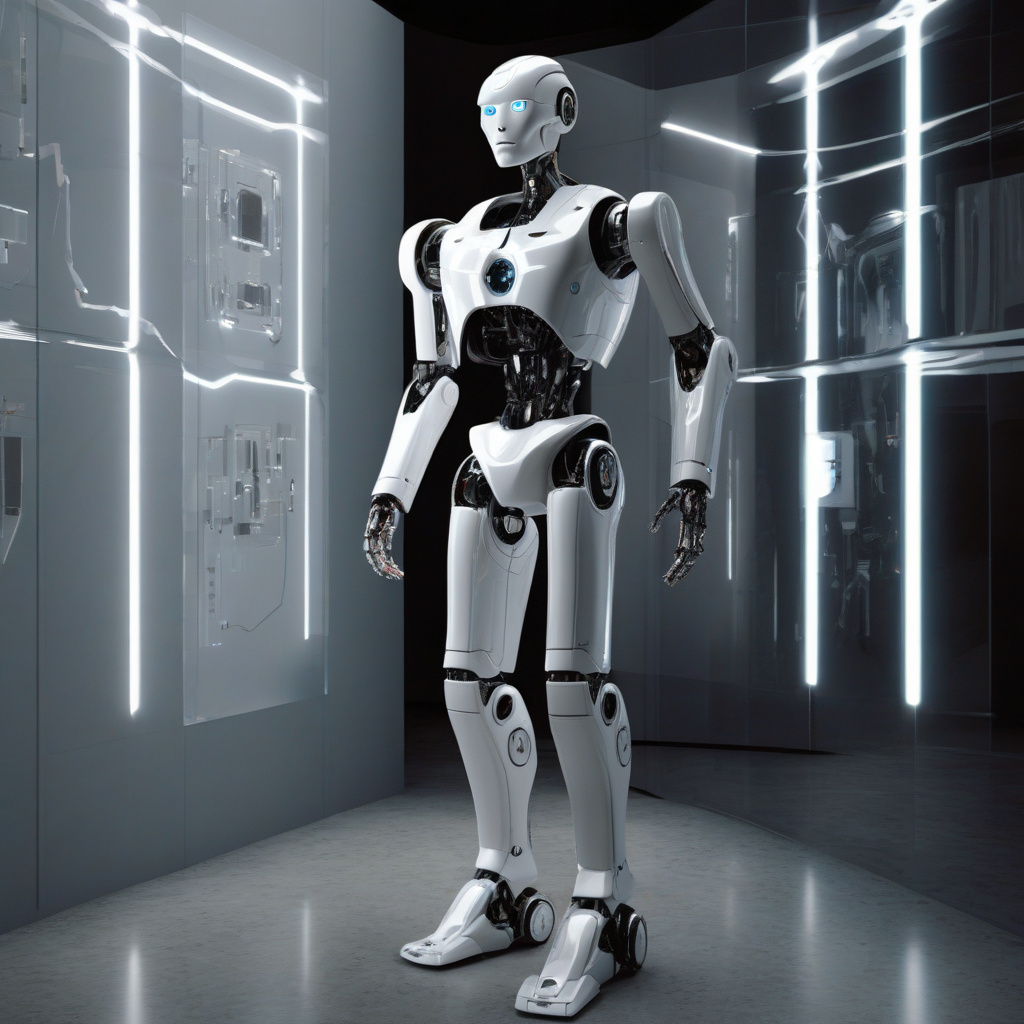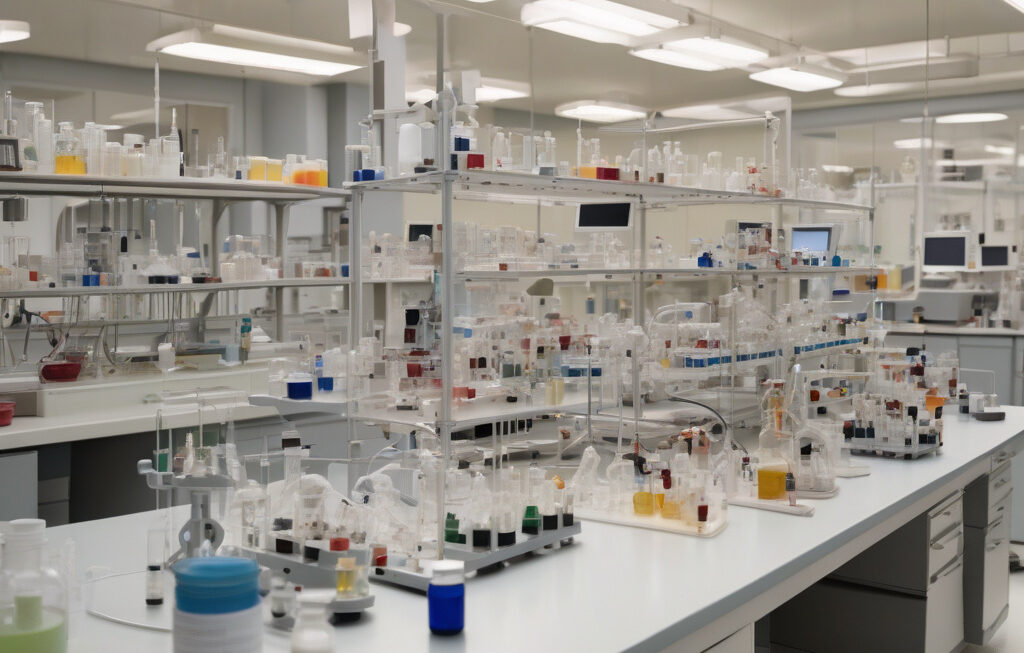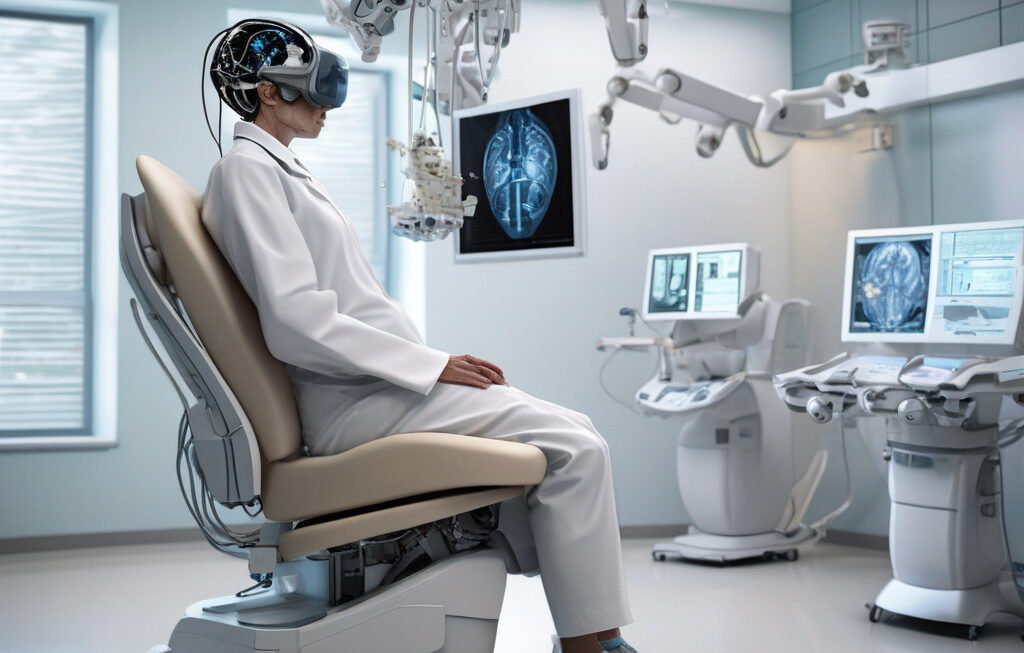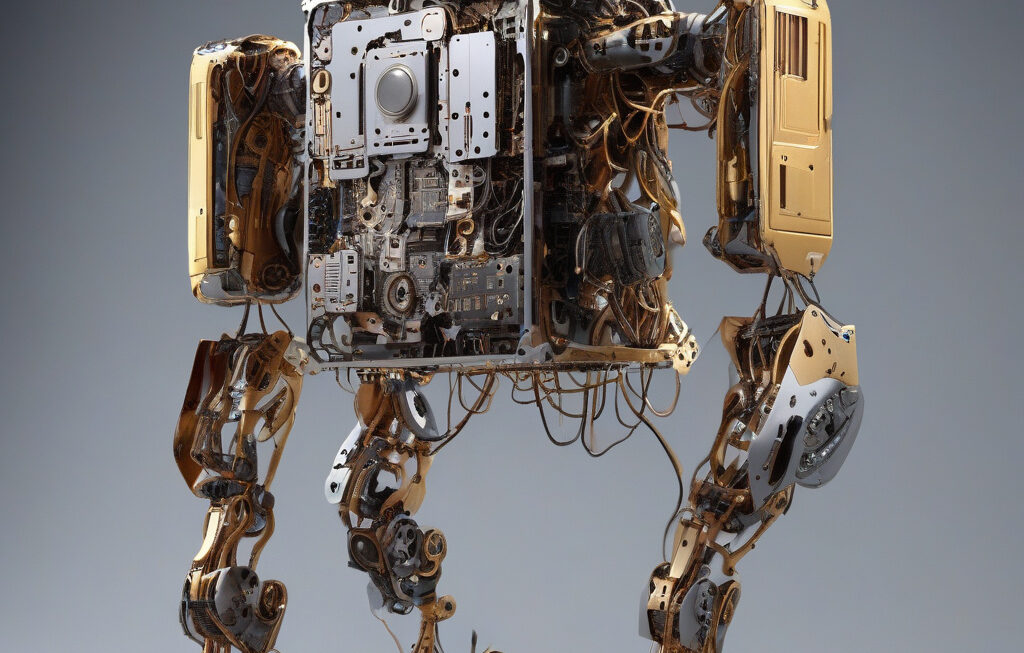Humanoid Robots Could Soon See Through Walls with MIT’s New Imaging Breakthrough
A team of MIT researchers has developed a new imaging technique that could allow quality humanoid robots to see through walls. This groundbreaking technology has the potential to revolutionize various industries and change the way we interact with robots in the future.
The new imaging system, called RF-Pose, uses wireless signals to estimate a person’s posture and movement, even when they are occluded from view. This means that humanoid robots equipped with this technology can track people’s movements in real-time, which is crucial for tasks such as search and rescue operations or monitoring patients in a healthcare setting.
One of the key advantages of RF-Pose is its ability to penetrate walls and other obstacles that would typically block a robot’s line of sight. This opens up a world of possibilities for using humanoid robots in environments where visibility is limited, such as collapsed buildings or hazardous industrial sites.
Imagine a scenario where a humanoid robot equipped with RF-Pose can navigate through a disaster area and locate survivors trapped under rubble by detecting their movements through the walls. This technology has the potential to save lives and make rescue operations more efficient and effective.
Furthermore, RF-Pose could also be used in healthcare settings to monitor patients without the need for invasive sensors or cameras. For instance, a robot equipped with this imaging system could track an elderly person’s movements in their home and alert medical professionals in case of a fall or sudden change in behavior.
The applications of this technology are not limited to disaster response and healthcare. RF-Pose could also be used in retail settings to track customer movements and behavior, allowing businesses to optimize store layouts and improve the overall shopping experience. In security and surveillance, humanoid robots with this imaging capability could enhance monitoring and threat detection in public spaces.
While the potential of RF-Pose is promising, there are still challenges to overcome before this technology becomes mainstream. Privacy concerns, data security, and the ethical use of such advanced imaging systems are important factors that need to be addressed as we move forward with integrating humanoid robots into various aspects of our lives.
In conclusion, MIT’s new imaging breakthrough has the power to take humanoid robots to the next level by enabling them to see through walls and obstacles. The possibilities for this technology are endless, from improving disaster response and healthcare to enhancing retail experiences and security measures. As we continue to push the boundaries of innovation, it is essential to consider the implications and ensure that these advancements are used responsibly for the benefit of society.
#MIT #HumanoidRobots #ImagingBreakthrough #RF-Pose #FutureTechnology












